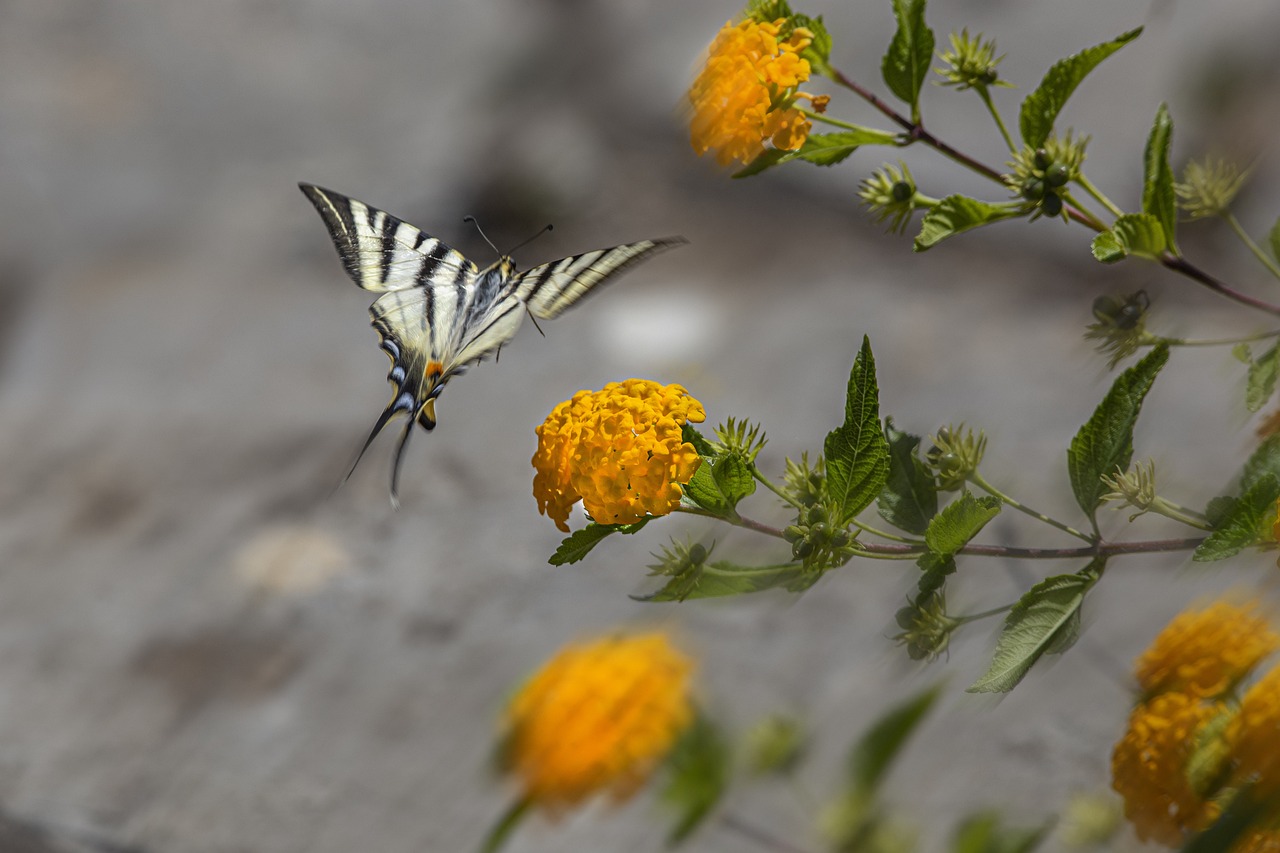The Scarce Swallowtail (Iphiclides podalirius) is a striking butterfly species belonging to the Papilionidae family. Here are some key features and characteristics:
- Appearance: The Scarce Swallowtail is a large and distinctive butterfly with wingspan ranging from 55 to 75 millimeters (2.2 to 3 inches). It has long, pointed forewings and characteristic swallowtail extensions on its hindwings. The wings are predominantly white with striking black markings and blue or orange spots near the edges. The underside of the wings is similar in pattern but tends to be more muted in color.
- Distribution: The Scarce Swallowtail is found in various parts of Europe and Asia, including Southern Europe, the Balkans, Central Asia, and parts of China. It prefers open woodlands, meadows, scrublands, and gardens as its habitat.
- Lifecycle: Like other butterflies, the Scarce Swallowtail undergoes complete metamorphosis, progressing through four life stages: egg, larva (caterpillar), pupa (chrysalis), and adult. The caterpillars are dark brown with orange markings and have a distinctive osmeterium, a forked organ that emits a foul odor to deter predators. The larvae primarily feed on the leaves of host plants such as Prunus species (including cherry, plum, and almond trees), as well as other plants in the Rosaceae family.
- Behavior: Scarce Swallowtails are often seen flying gracefully in sunny areas, particularly around flowering plants where they feed on nectar. They are relatively strong fliers and can cover considerable distances in search of food and suitable breeding sites.
- Conservation: While the Scarce Swallowtail is not currently considered globally threatened, it may face localized threats such as habitat loss due to agricultural intensification, urbanization, and habitat fragmentation. Conservation efforts typically focus on preserving and restoring habitats, including the protection of native plant species that serve as host plants for their larvae.
Overall, the Scarce Swallowtail is a beautiful and ecologically important butterfly species, contributing to pollination and serving as a delightful sight for nature enthusiasts.
Visited 884 times, 3 visit(s) today
Views: 1511
Subscribe to the newsletter:
